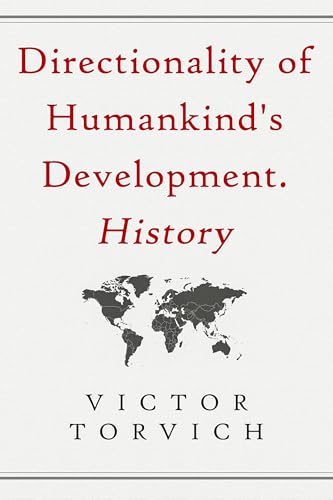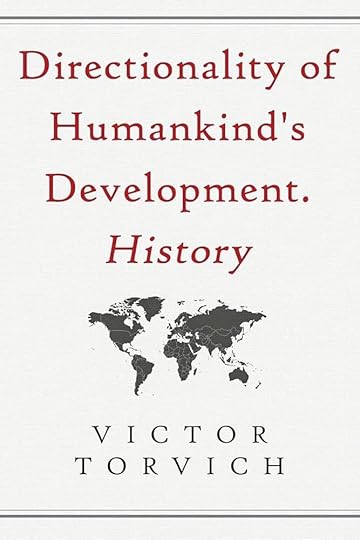What do you think?
Rate this book


532 pages, Kindle Edition
Published October 10, 2024
“It rose to 2–20 million in 5000 BC, approximately 27 million in 2000 BC, 150 million in 200 BC, 443 million in 1340 and 2000 million in 1925. According to the latest United Nations estimates, there were 7.7 billion people on Earth. as of October 2019 ... .That is a million-fold increase since 10000 BC to 2019.” (p. 272).
Contents
Introduction
Part 1. How to Uncover Direction of History
Introduction to Part 1
History - Linear, Cyclical, or What?
Chapter 1.1. In a Search for the Meaning of Humankind's History
Chapter 1.2. Duration of Humankind's History
High- and Low-Level Models of Humankind's History
Chapter 1.3. Humankind as a Complex System
Chapter 1.4. Multi-Layer History
Chapter 1.5. Criteria for Resources and Classes of Resources
Part 2. History of Humankind. 300 Stories
Introduction to Part 2
First Eight Classes of Resources
Chapter 2.1. Art and Music
Chapter 2.2. Man-Made Materials, Substances, and Organisms
Chapter 2.3. People and Societies as Objects of Study
Chapter 2.4. Usage of Domesticated Plants and Animals
Chapter 2.5. Trade with a use of an Intermediary
Chapter 2.6. Tools, Devices, and Machines from Man-Made Materials
Chapter 2.7. Mass Transportation
Chapter 2.8. External Information Storage and Processing
Next Eight Classes of Resources
Chapter 2.9. War and Means of Warfare
Chapter 2.10. Transnational Entities
Chapter 2.11. Usage of People as Resource on a Massive Scale
Chapter 2.12. Use of Forces of Nature, Relativity, and Quantum Physics
Chapter 2.13. Mass Education
Chapter 2.14. Independent Communication Channels
Chapter 2.15. Mass Production
Chapter 2.16. Mass Media
Last Seven Classes of Resources
Chapter 2.17. Technology beyond the Limitations of Human Senses
Chapter 2.18. Usage of the Scientific Method and Information Technology Chapter 2.19. Usage of Natural Resources on Massive Scale
Chapter 2.20. Life Expectancy Growth
Chapter 2.21. Involvement of Women in Humankind's Activities
Chapter 2.22. Digital Technology
Chapter 2.23. Artificial Intelligence (AI)
Part 3. Direction of History. What and Why
Introduction to Part 3
Graphs. Turning points. Driving Force
Chapter 3.1. Humankind's History in Graphs
Chapter 3.2. Ways to Use the Subsurface History of Humankind
Chapter 3.3. Turning Points in History
Chapter 3.4. Driving Force of Humankind's Development
Chapter 3.5. Various Fields of Humankind's Activity
Chapter 3.6. Objectivity and Stability of the Proposed Models
Subsurface History and Conventional History
Chapter 3.7. Ups and Downs in History
Chapter 3.8. Subsurface History for Strategic Planning
Chapter 3.9. Adding Geography
Chapter 3.10. Creativity of Humankind
Chapter 3.11. "European Miracle?" and More
Chapter 3.12. The East to the West Transfer Patterns
Chapter 3.13. Incident or Pattern?
Chapter 3.14. Big Questions and Answers
Part 4. Past. Present. Future.
Chapter 4.1. Looking Ahead
Chapter 4.2. Big Picture
Conclusion
Definitions and Concepts
Tables
List of Figures
List of Tables
Notes
Bibliography
Image Credits
Index
